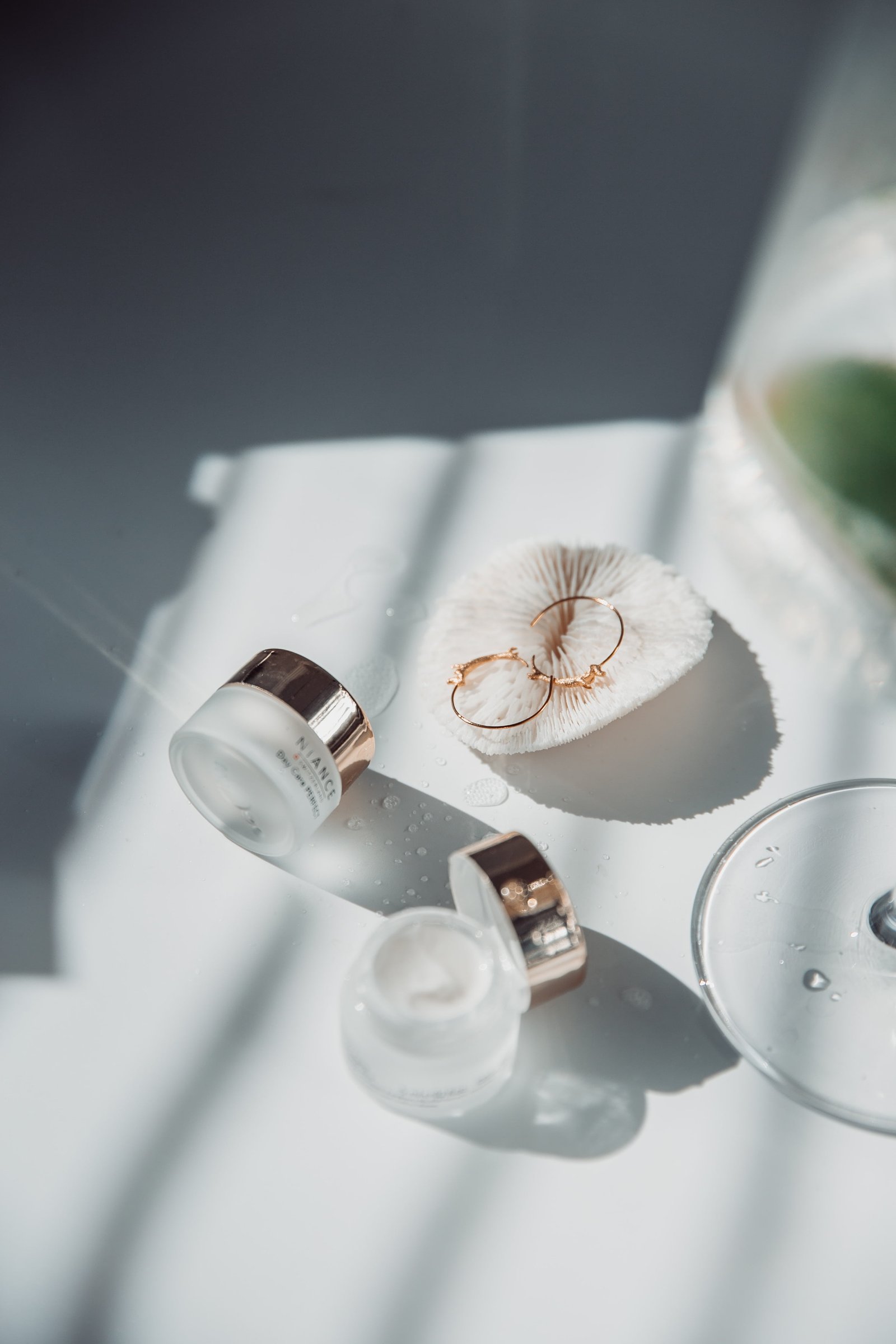So this happened: you’re starting to use a new skincare product and instead of smoothing out your skin, you’re beginning to see more break outs. Like, what’s going on?! This cycle is called skin purging — and it’s not just you. The purging process can be annoying, but also a good sign. It’s a completely legitimate process and here’s what causes skin purging, how to identify it, and what you can do about it.
What causes skin purging?
Skin purging can happen when you use active ingredients proven to speed up cell turnover, essentially increasing the rate at which our dead skin cells slough off. These ingredients most commonly include retinoids and exfoliating acids, such as beta hydroxy acids (BHA) and alpha-hydroxy acids (AHA). We actually want faster cell turnover, because it allows the skin to regulate itself more normally, which can in turn reduce breakouts and minimize lines and wrinkles over time.
Here’s a quick list of active ingredients and treatments that increase cell turnover and potentially cause purging:
Hydroxy acids (glycolic, lactic, malic, mandelic, salicylic, poly-hydroxy acids and fruit acids)
Retinoids (retinol, tretinoin, adapalene, tazarotene, isotretinoin, retinyl palmitate)
Benzoyl peroxide (I recommend avoiding this ingredient because oxidation accelerates aging if used long-term)
Chemical peels, lasers, microdermabrasion
- Other exfoliants (scrubs, facial cleansing brushes, enzyme exfoliants)
Skin purging occurs because with a faster pace of cell turnover means that initially, there will be more dead cells stuck onto the skin’s surface, which increases the chances of a pore getting clogged. Prescription retinoids have well-documented side-effects that include purging (in more scientific terms of course). Eventually, your skin adjusts to the new rate of cell turnover, ending the purge and giving you all the benefits of a retinoid, acid, or exfoliating treatment without any drawbacks.
Is it purging or just another breakout?
Most other products, like moisturizers and cleansers, without these high cell-turnover ingredients, won’t be able to cause purging and hence you should switch to a different product if you’re seeing more breakouts.
Are you seeing cystic pimples on areas of your face you typically don’t see breakouts? If so, you’re probably not purging and just experiencing a plain-old breakout. A purge usually shows up as small, red, tender bumps on skin accompanied with blackheads or whiteheads. Plus, they should disappear faster than normal breakouts. Purging should also only last about a month, which is approximately the time it takes for your skin to renew itself. If your skin isn’t improving after 6-8 weeks, just switch to another product.
Another possibility is that a new product with active ingredients could cause other underlying conditions, such as rosacea, which could also have an acne-like appearance. If you suspect you could be having an allergic reaction, please consult with your dermatologist so you can be evaluated before continuing like-products.
How to deal with skin purgingÂ
The best way to reduce the chances of purging is to introduce the new product slowly into your regular routine. This could mean starting off with a lower concentration, using a smaller amount, or using the product less frequently. All good things in moderation, after all.
If you’re experiencing a purge, I would highly recommend using hydrocolloid patches. These patches work overnight by absorbing excess oil and pus, while helping the skin recover from the inside out in a sterile and moist environment. In my experience, they are incredibly effective especially on these kinds of smaller, red bumps (plus any whiteheads) while causing zero irritation to the skin.
To help your skin calm, be sure to keep lightly moisturized day and night and to use a sunscreen with SPF 30 at minimum during the day to prevent hyper-pigmentation. Keeping your skin hydrated daily will help reduce inflammation and irritation. Though a temporary purge is far from ideal, sticking with a new product that can in turn reduce breakouts and minimize lines will prove worthwhile over time.
Featured photo by Birgith Roosipuu on Unsplash

Leave a Reply